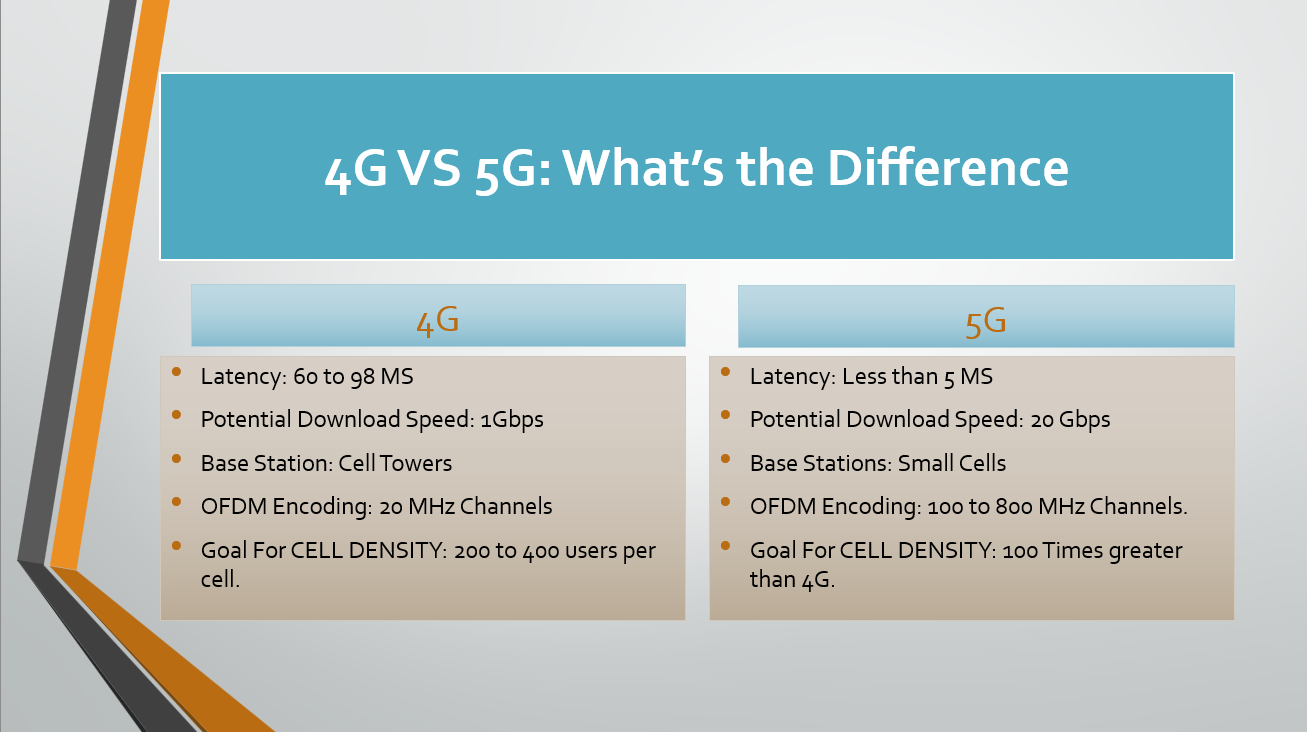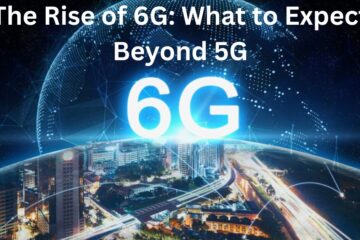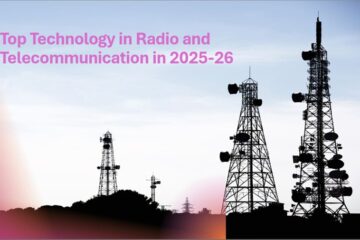The evolution of mobile communication technology has witnessed several significant leaps, with 5G Vs 4G being two of the most transformative generations. Understanding the differences between these two generations becomes crucial as the world transitions from 5G Vs 4G. Let’s explore the critical distinctions between 5G and 4G regarding speed, latency, network architecture, applications, etc.

1. Speed and Data Rates:
4G:Fourth-generation networks, commonly called 4G, brought unprecedented speed improvements over their 3G predecessors. With data rates ranging from 5 to 50 Mbps, 4G enabled smoother video streaming, faster downloads, and improved app performance.
5G:The fifth-generation networks, or 5G, take speed to an entirely new level. Offering peak data rates of up to 20 Gbps, 5G brings the promise of ultra-fast downloads, instantaneous streaming of high-definition content, and support for emerging applications like virtual reality and augmented reality.
2. Latency:
4G: 4G networks generally offer latency of around 30 milliseconds. While suitable for most applications, this latency could be limiting for real-time applications like online gaming, autonomous vehicles, and remote surgery.
5G: 5G networks substantially reduce latency, achieving as low as one millisecond. This ultra-low latency is critical for applications that demand immediate responsiveness, such as real-time gaming, remote machinery control, and connected vehicles.
3. Network Architecture:
4G:4G networks primarily rely on microcell towers for coverage. While they offer a good range in larger areas, they need help to provide consistent service in densely populated urban areas.
5G:5G introduces a diverse network architecture that includes small cells, microcells, and millimetre waves. These small cells enhance coverage and capacity, making 5G suitable for urban environments, stadiums, and other high-density locations.
4. Spectrum and Frequency Bands:
4G:4G networks primarily utilize sub-6 GHz frequency bands, providing good coverage and penetration but with limitations in data rates.
5G:5G networks employ a broader spectrum, including sub-6 GHz and millimetre wave (mm Wave) bands. While sub-6 GHz ensures coverage and capacity, mm Wave bars offer immense data rates, although with shorter propagation distances.
5. Applications and Use Cases:
4G:4G networks laid the foundation for mobile internet, video streaming, and app-based communication. They revolutionized how people access content and interact with technology.
5G:5G expands the horizons of applications. From smart cities and industrial automation to remote healthcare and immersive entertainment, 5G’s capabilities enable innovative use cases that were previously impractical.
6. Device Density:
4G:4G networks can handle a moderate number of devices per square kilometer, making them suitable for general mobile communication.
5G:5G networks are designed to accommodate many devices within the same area, making them ideal for the Internet of Things (IoT) scenarios, where countless devices are interconnected.
Conclusion:
As technology progresses, so does the connectivity that powers it. While 4G marked a significant step forward from its predecessors, 5G represents a monumental shift in mobile communication capabilities. To with faster speeds, lower latency, and the ability to support diverse applications, 5G sets the stage for a more connected and technologically advanced world.
However, it’s important to note that 4G still plays a vital role in providing reliable mobile connectivity and serves as the baseline for many regions. The transition from 4G to 5G is a journey that promises to unlock transformative possibilities across industries and reshape how we experience the digital world.
For top-notch RF & 5G components solutions, choose SRFS TELEINFRA. Get in touch: Call Us: 7838349349 Or Email Us: info@srfsteleinfra.in



0 Comments